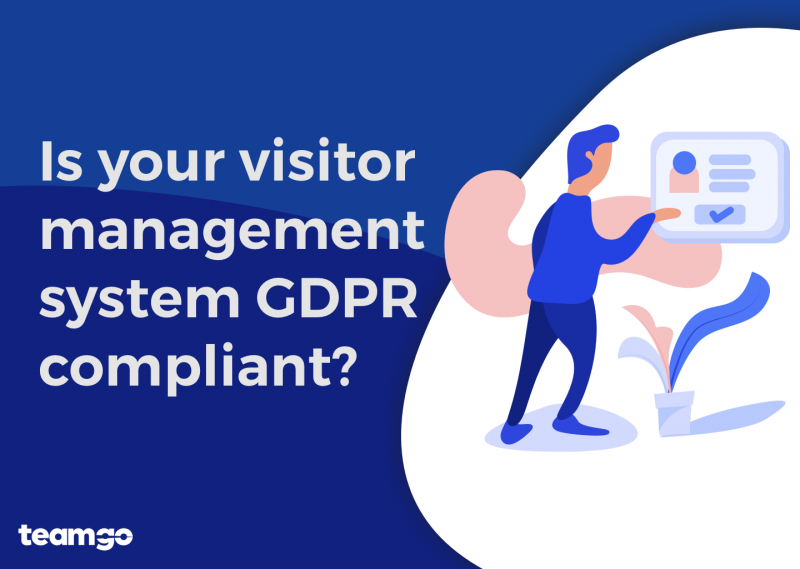Leading is more difficult than managing.
If you’ve managed people, I trust you know how difficult a task it is. Each and every employee has different strengths and weaknesses and therefore require personalised attention. And it’s your job to figure out how to explore people’s strengths and weaknesses to the company’s advantage.
But leading is something else. And it takes a lot more to be an efficient leader than just being a good manager. Being a good leader requires intuition, empathy and determination.
Being a good leader means:
“- encouraging people to share the journey with you
– captivating people with your vision and getting them passionate about it
– understanding people’s motives and helping them bridge it to your organisation’s outcomes
– link all employees to your organisation’s goals”
The League of Extraordinary Women is an organisation with a common goal: to bring women together and empower them to do whatever they want. Chiquita Searle, the General Manager of the League of Extraordinary Women, is the one responsible for getting everyone to work towards that goal. These are her insights into how to become an efficient leader:
1. Lead in front
You’re a leader now. So suit up (figuratively) and act like one. Just like a president is responsible for a country, you are responsible for your business. As the leader of the organisation, you will be the one setting an example for your employees. And your employees will look up to you for inspiration. So own the “role model” duty and lead your organisation from the front.
2. Trial and error
Mistakes are bound to happen – it’s apart of the learning curve. Failing allows us to learn tactics that can never be taught through success. Yet many workplaces are fearful of failure and leave no room for it.
As a leader, you’ll need to be equipped for mistakes (other people’s and your own). Instead of feeling disappointed when there’s s mistake, make a learning opportunity out of them. An organisation that doesn’t reprimand mistakes, fosters creativity among its staff and can often benefit from the innovations that come from it.
3. Empower your team
If you hired employees with defined skills, you’re well aware of what their capabilities are – skills, experience and personalities. It’s important for a leader to believe in their employees, but it’s also vital for employees to believe in themselves. So tell your employees how good they are. Reassure them of their capabilities. Encourage your team and highlight their positive traits. If your employees know that you value their work, the confidence boost will make them feel significant to their job.
4. Praise over criticism
Not everything goes to plan. As a leader, you’ll need to guide your employees in the right direction, even when they lose course. But remember to do this without shattering their confidence.
Try the ‘feedback sandwich’ to attenuate the negatives and highlight the positives:
– Begin with a positive
– Weave in the negative, but in a constructive way
– Finish with a positive
5. Think big picture
If your employees feel small, then you’ll never be able to get to see their best qualities. If they feel like they’re just a tool to the organisation, their motivation will plummet. So make time to talk to your employees about how they fit into your organisation and make them feel part of the whole.
At the end of the day, employment is much bigger than just receiving a wage. Employment is about achieving valuable targets, growing and being fulfilled. A good leader helps their employees do that.
6. Centre development
Like we just said, employment is more than just a wage. Employees seek for more than financial rewards. They need:
– Assistance in achieving their career plan
– Benefits from your experience and expertise
– Space and time to master new skills
– Guidance and advice
The more time you put into assisting your employees the better their confidence and performance will become. Your employees will feel rewarded and have high regard for you and your company.
7. Supply ownership
Great leadership sometimes means letting go. You hired these people for a reason. You knew what their skills were from day one. So trusts that they will do the best they possibly can. Giving employees ownership of their roles and work they produce helps them:
– use their imagination
– experiment
– achieve success
– learn from mistakes
8. Support your employees
As a leader, you should be aware that every team member has an equal role in running the business. Achievement should be celebrated with all. Never focus only on your senior employee or most sociable staff member. Think about a concert that you’ve been to. The musician probably asked the crowd to put their hands together for the “back of house” crew and band members. You must do the same.
It’s often staff members backstage that keep businesses afloat, so never abandon them. Acknowledge everyone’s work, no matter how big or small their part was. It’ll make them feel appreciated and more inclined to commit to your business.
9. Practice what you preach
It’s hard to follow a leader who doesn’t live by his/her words. It just looks like you don’t even take your own standards seriously. So why should your staff? If you want people to follow you, you must set an example. You have to hold yourself accountable for your own actions all the time. Remember to:
– be an example for your employees
– anything said or decided must also apply to you
– set an example of being punctual and a hard worker
– monkey see, monkey do – employees will follow what you do, not say
10. Learn, learn, learn
Leadership for some individuals comes naturally, but in fact, anyone can become a great leader. Leadership can be learned, but it’ll take lots of hard work. Including:
– being self-aware of what you do and what motivates you
– be willing to challenge yourself
– asking for feedback from your employees and taking action on them
Most importantly, leadership requires you to understand the employees you are leading. Put yourself in their shoes and they’ll be more inclined to respect and follow you.
Once you’re in, you’re all in
If you’d like to be a great leader, be prepared for the extra hard work. Sometimes you might want to give up and just be a manager, but your business will feel the burn. So buckle up, because once you’re in, you’re all in.
A great leader will be able to understand how the organisation operates from the bottom to the top – engaging with all employees. Leaders need to be capable of inspiring and motivating employees, as the business grows larger.
With good leadership, anything’s possible.
Read the original article from Xero.







